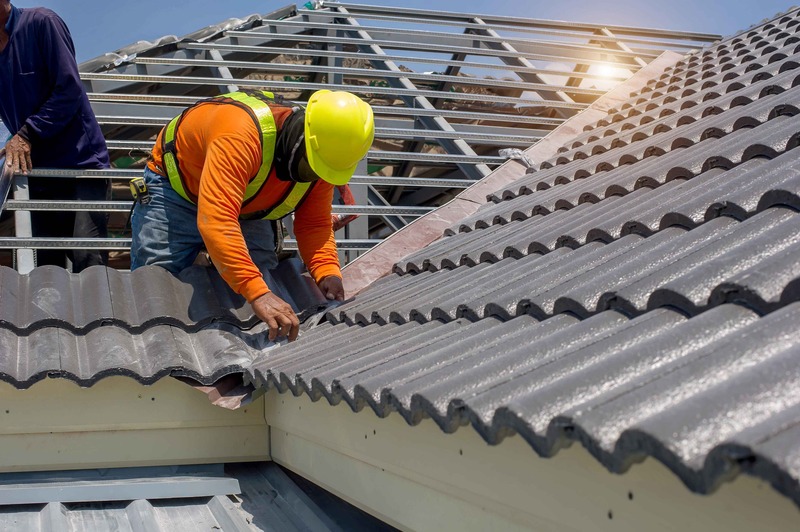Roof Replacement in the UK: What You Have to Know
Roof Replacement in the UK: What You Have to Know
Blog Article
The UK's harsh weather can make roof replacement a necessity, particularly when buildings are exposed to it throughout the entire year. From heavy rainfall and snow in winter to strong winds in the spring and autumn, the roof is one of the most exposed parts of a building, requiring regular attention and care. Roofs can deteriorate over time due to the elements. A replacement is sometimes necessary in order to keep a building's structural integrity. This article will discuss the benefits of roof replacement. We'll also look at the warning signs that a roof is in need of replacing.
In the UK, the lifespan of a typical roof depends heavily on the material used and how well it has been maintained. The traditional choice for British houses is slate and clay tiles. These can last up to 100 years when installed and cared for properly. Concrete tiles offer a more affordable option and are still durable for 40-60 years. This makes them an attractive choice for homes of today. The life expectancy for felt roofs is usually 20-30 years. They are often found on garages and extensions. While some homeowners may opt for patch repairs to extend the life of their roof, this approach can quickly become more expensive than a full replacement. Getting a professional roof survey can help determine whether replacement is necessary and what options are best suited to the specific structure and location of your home. Factors such as ventilation, roof pitch, and underlayment condition should also be considered during assessment.
It is important to know when the roof needs replacing. This will help you avoid unnecessary costs and further damages. While minor repairs can prolong the life of a roof, certain signs indicate that it is time to replace the roof entirely. One of the most obvious signs is the presence of frequent leaks, especially if water starts to seep into the interior of the home. Small leaks, even if they are not large, can cause extensive damage to the home, such as mold and mildew. Insulation may also be compromised. Other signs include missing or cracked tiles, sagging roof sections, or increased energy bills due to poor insulation. It is time to replace the entire roof if it has been over 20 years and shows these signs. Ignoring the symptoms can lead to much more serious problems such as structural instability or interior damage.
The process of Typical roof replacement prices in the UK can be complex and time-consuming, often requiring the expertise of a professional roofing contractor. The first step involves a thorough inspection of the roof to assess the extent of the damage and determine whether a full replacement is necessary. Once this has been established, the old roofing material is removed, and the structure is prepared for the new roof. This may involve repairing or replacing the underlying decking, which is the layer beneath the roofing material that supports it. The roof is then covered with a new material. Options include traditional slates and tiles, as well as more modern options like synthetic or metal tiles. The entire process can take several days, depending on how large the house is and how complex the roof structure is. To generate more details please get More hints
The timing of the roof replacement project can have a major impact on its success. The best times to do such work in the UK are during late spring, early summer or early fall when weather conditions tend to be more stable. Rain and wind can cause delays or complications, especially if large areas of the roof are exposed during construction. However, emergency replacements may be required at any time of year, particularly if a roof has suffered storm damage. Booking a contractor ahead of time can reduce the wait during busy seasons. Homeowners should also make logistical preparations, such as informing neighbours about upcoming work, arranging parking space for construction vehicles, and preparing for potential noise and disruption. With a realistic timeline and good communication, the replacement process can be managed with minimal inconvenience.
When replacing a UK roof, it is important to ensure that all work adheres to local building codes. You may have to obtain planning approval or building regulation approval depending on the property type and extent of work before you begin the roof replacement. Some areas, such as conservation zones or listed buildings, have stricter regulations regarding materials and methods for replacing roofs. Working with a roofing contractor who understands these rules and regulations is crucial. They can make sure that all requirements are met. Failure to comply with these regulations can lead to fines and the necessity to replace the roof using approved materials.